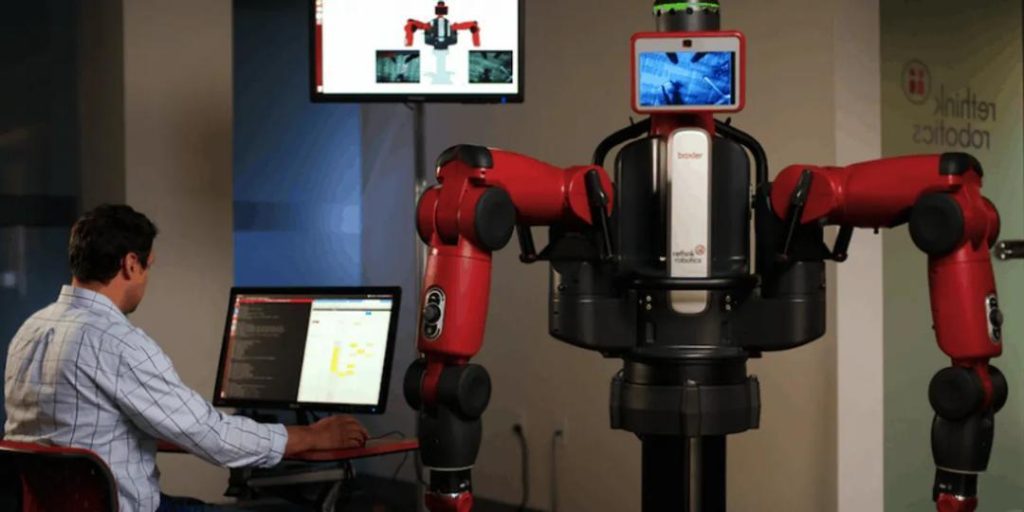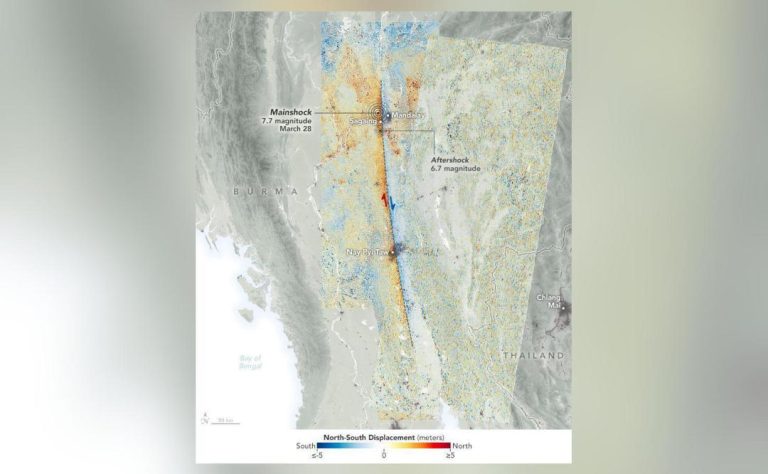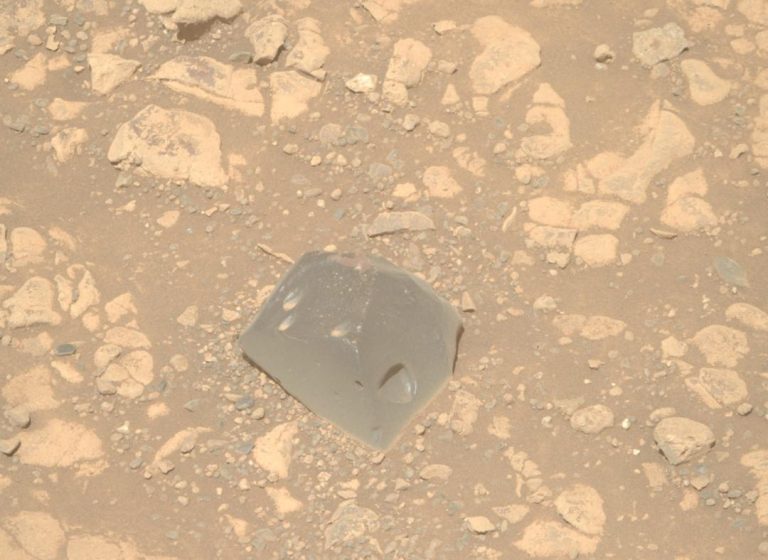
The Rise of Physical AI: When AI Gets a Body
The concept of artificial intelligence (AI) has been around for decades, but in recent years, it has taken a significant leap forward with the emergence of Physical AI. This new phase of AI combines cutting-edge technologies such as robotics, sensors, and real-time learning to give machines the ability not only to think but also to act in the real world. As Physical AI systems evolve, they are transforming industries from healthcare to logistics, and are poised to revolutionize the way we live and work.
Physical AI is more than just a collection of technologies; it is a new paradigm for how humans and machines interact. By giving AI a physical body, we are creating systems that can perceive, reason, and act in the world, much like humans do. This allows AI to learn from its environment, adapt to new situations, and make decisions autonomously.
One of the key applications of Physical AI is in healthcare. Robots and drones equipped with AI are being used to assist with surgeries, diagnose diseases, and even deliver medical supplies. For example, the US-based company, Medtronic, has developed a robotic system called the “SurgiBot” that can assist surgeons during procedures. The system uses AI to analyze patient data and provide real-time guidance to the surgeon, improving the accuracy and efficiency of the procedure.
Another area where Physical AI is making a significant impact is in logistics. Robots and autonomous vehicles equipped with AI are being used to streamline supply chain management, optimize delivery routes, and improve inventory management. For example, the company, Nuro, has developed an autonomous delivery robot that can transport packages and goods. The robot uses AI to navigate through traffic, avoid obstacles, and communicate with humans.
Physical AI is not limited to these two industries; it has the potential to transform many other sectors, including manufacturing, finance, and transportation. As the technology continues to evolve, we can expect to see even more innovative applications.
However, as Physical AI becomes more prevalent, there are also concerns about safety, ethics, and ensuring that human-AI collaboration remains inclusive and intelligent. As AI systems become more autonomous, there is a risk that they may not always act in the best interests of humans. For example, a self-driving car may prioritize its own safety over the safety of its human passengers.
To address these concerns, it is essential that we develop guidelines and regulations for the development and deployment of Physical AI systems. We must also ensure that these systems are designed with safety and ethics in mind, and that they are transparent and accountable.
Another important aspect of Physical AI is ensuring that human-AI collaboration remains inclusive and intelligent. As AI systems become more autonomous, they may not always understand the nuances of human communication and behavior. To address this, we need to develop AI systems that can learn from humans, and that can adapt to new situations and contexts.
In conclusion, the rise of Physical AI marks a significant milestone in the development of artificial intelligence. By combining robotics, sensors, and real-time learning, AI is transforming industries and has the potential to revolutionize the way we live and work. However, as Physical AI becomes more prevalent, it is essential that we address concerns about safety, ethics, and ensuring that human-AI collaboration remains inclusive and intelligent.






